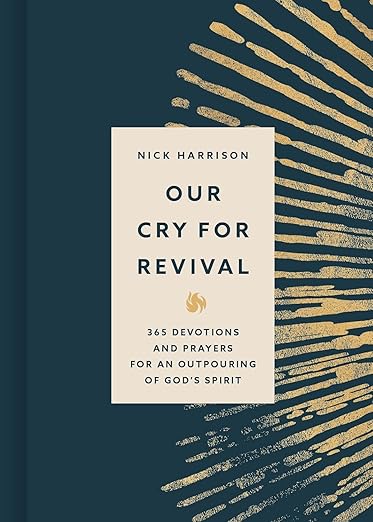From Illustration to Application
My friend, Desi Lueras, asked how to segue from a natural illustration to a spiritual application. That also brings to mind a related question: how to make a spiritual point without sermonizing or sounding “preachy.”
To answer this dilemma, first let’s consider Jesus’s own example of turning a natural illustration into a spiritual application. For instance, in the parable of the sower, when the disciples question the meaning of his story, Jesus simply goes into the application without a segue. He says, “Listen then to what the parable of the sower means…”
Luke 15 opens with the parable of the lost sheep and then the lost coin. In both instances, to clarify His meaning He uses the phrase: “I tell you that in the same way…” as a segue.
The parable of the lost coin is followed by the famous parable of the prodigal son. In this story, Jesus uses a rather extended illustration to make His point—a point which He doesn’t explain nor does He offer an application at all. I think we’re to assume that the story makes the point without an explanation. And that, to me, as one who sees a lot of writing, both from newbies and from seasoned pros is the best kind of storytelling—whether we’re talking about a fictionalized story or non-fiction. Almost always, less is more. Amateurs insist on telling the reader the point right after they’ve used a good illustration that should simply stand alone, allowing the reader to “get it.” (In Jesus’s case, He was no amateur. The problem was that His listeners were often “dull of hearing”.)
An artist friend has told me the secret to great painting is not what the artist has chosen to paint, but what he or she has left out. As a writer and editor, I can see the application for authors. Subtly is more effective than overt explaining (most of the time). It’s closely related to the “show, don’t tell” principle wherein the writer learns, though scenes and effective dialogue to “show” something rather than just “tell” it.
So, my answer boils down to three points:
- Don’t get fancy with your segue, just say something simple like, “from this illustration, we can see a spiritual application by….”
- Be subtle when you can. Let your natural illustration make the point for you. If a listener or reader is hearing it in the context of your talk or book, they should be able to absorb the application easily enough. If they don’t, perhaps it’s not the best illustration.
- A third point not mentioned above is simply practice. As a writer (or speaker), your words, phrases, (and segues) come to you naturally as you grow as a writer or speaker. You learn to “feel” when a segue is needed and with that feeling comes the right wording, though it might take three or four attempts (drafts) to get it right.
As a final thought, watch for the ways good writers and speakers use segues. Copy their style, if necessary. Not just with segues, but with other noteworthy practices or usages. Writers usually develop their own style through absorbing the techniques of other good writers and learning to apply them in their own unique way.







Hi Nick,
Thank you very much for this lesson! Being an artist I especially appreciate your artist-friend secret to great painting.
May I take this example (giving you all credits) and share it with my friends on The Binding Agent private Facebook group? The members of that group are Christian artists, Christian art teachers, homeschooling parents and missionaries who are proclaiming Gospel through visual arts.
I will also invite them to join your blog.
If you would like to join that group, please go to:
https://www.facebook.com/groups/TheBindingAgent/ – we will be thrilled to have you there!
Thanks, Maria. Yes, please do share. I will go to the website you recommended.
Thank you Nick! I also want you to know that in one of the previous posts I have recommended your book Magnificent Prayer to the members of The Binding Agent (May 13th post). https://www.facebook.com/groups/TheBindingAgent/
Thank you very much for writing it. I am reading it every day for the second year in a row! Especially I love what you wrote and what you choose to quote for May 24th. I deeply appreciate the fact that you was thinking about us – Christian artists and art teachers!
I also quoted what you wrote for that day in my book – a manual for Christian art teachers that is in editorial development right now in WestBow Press Christian publishing division of Zondervan.
May God bless you abundantly!